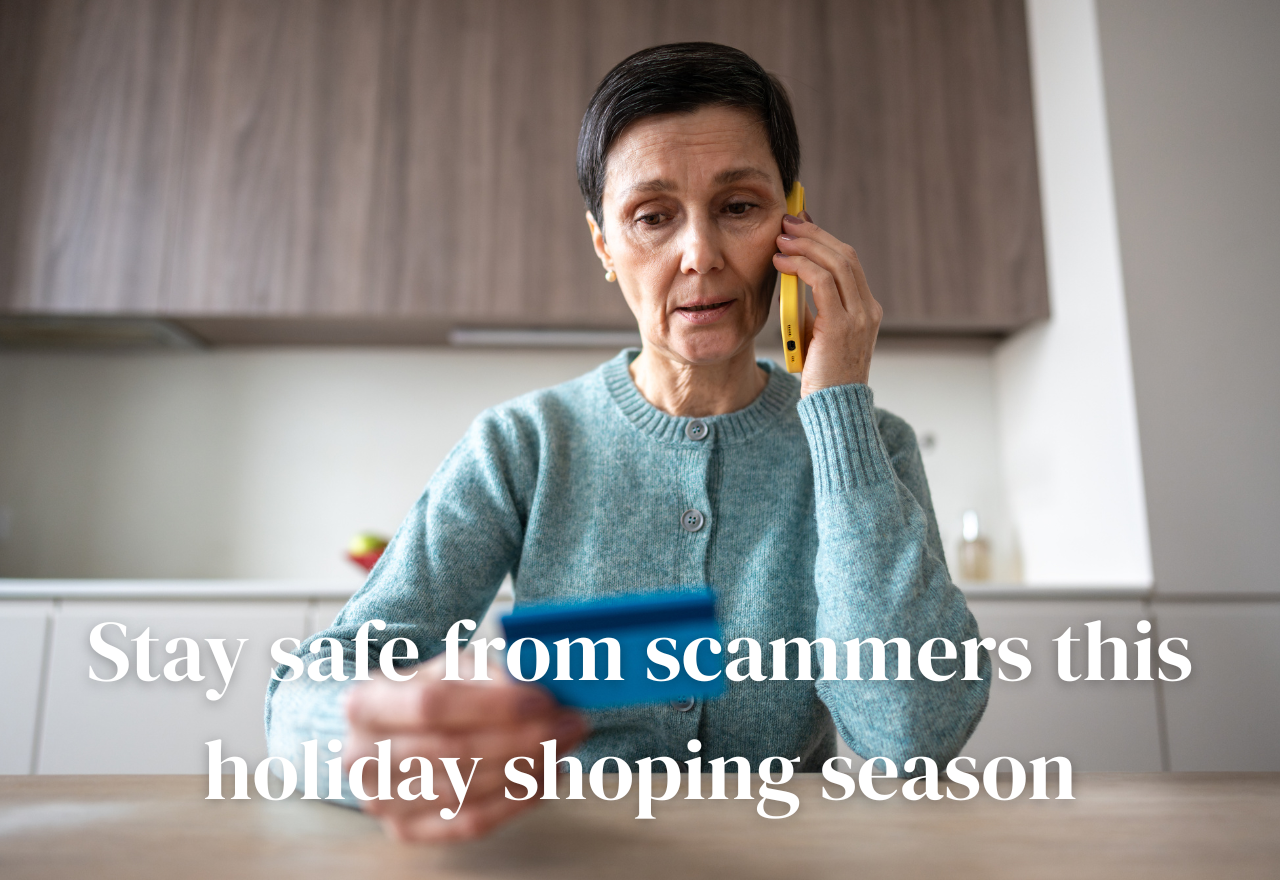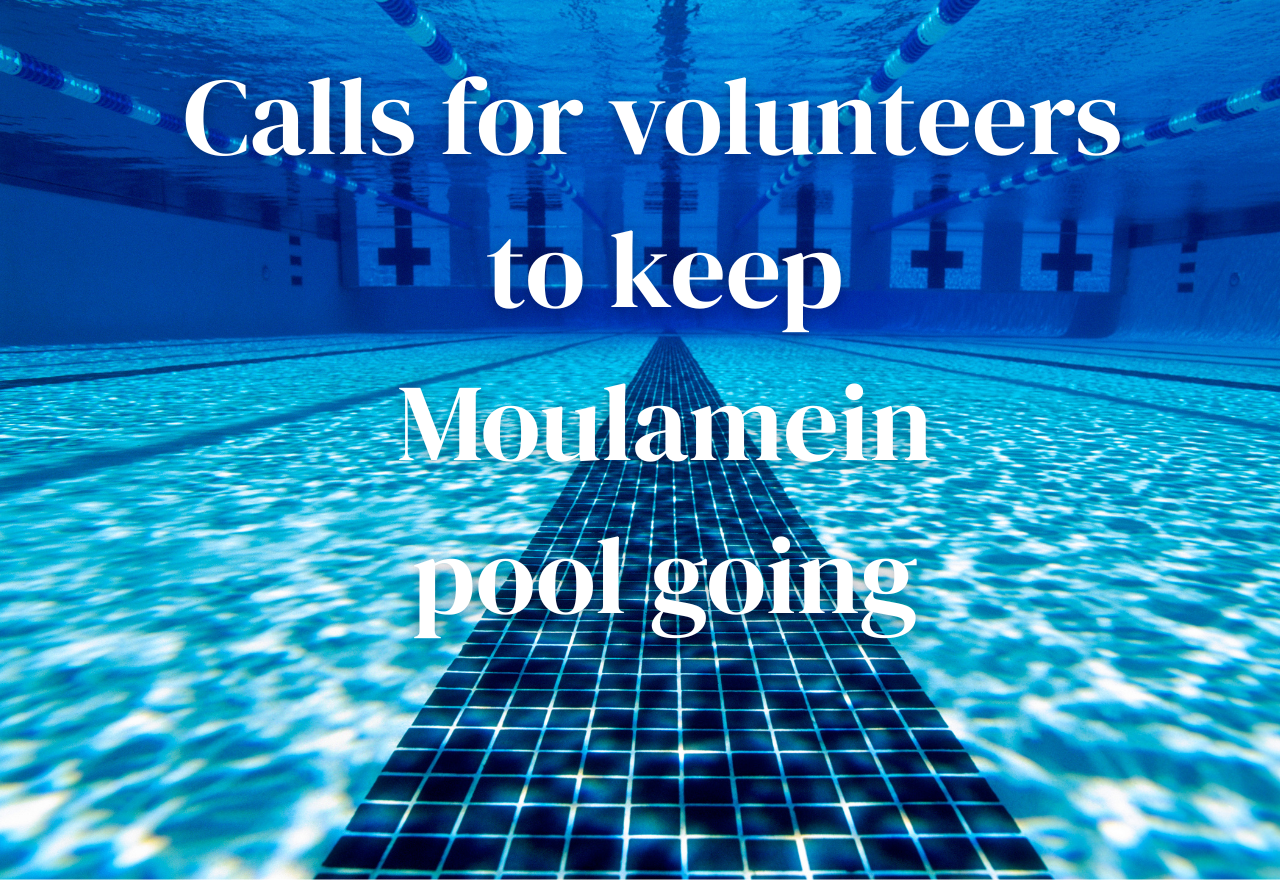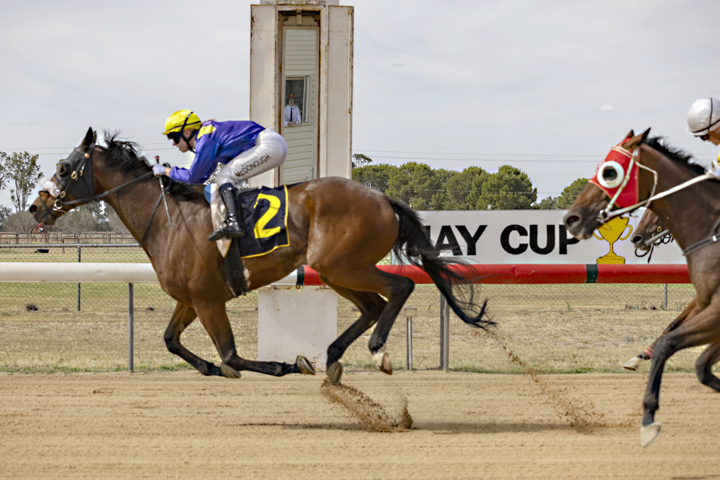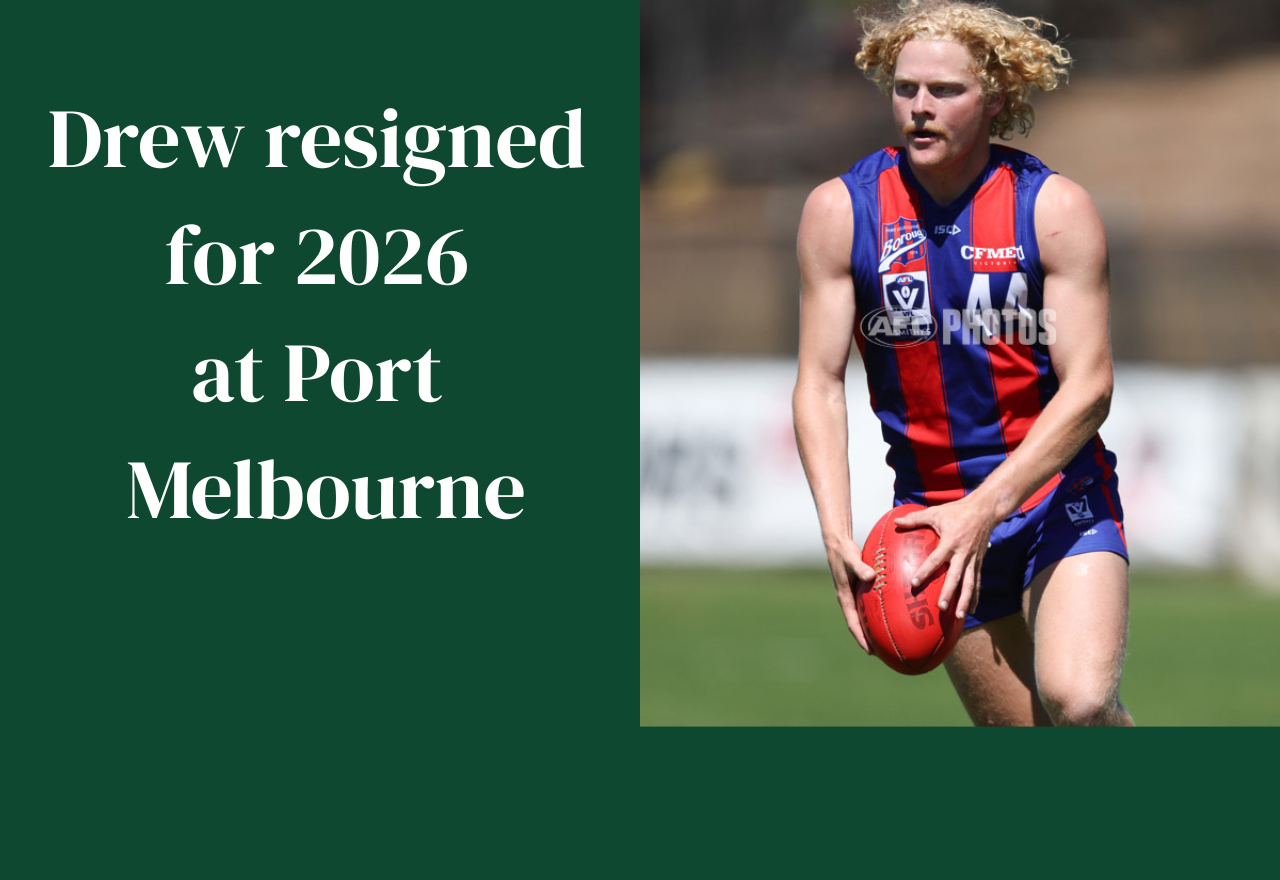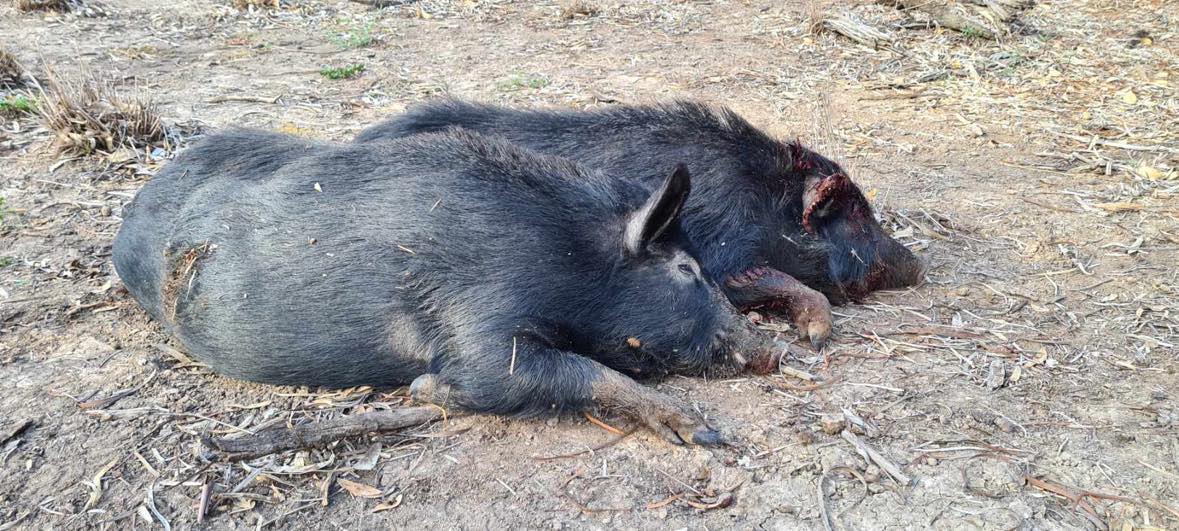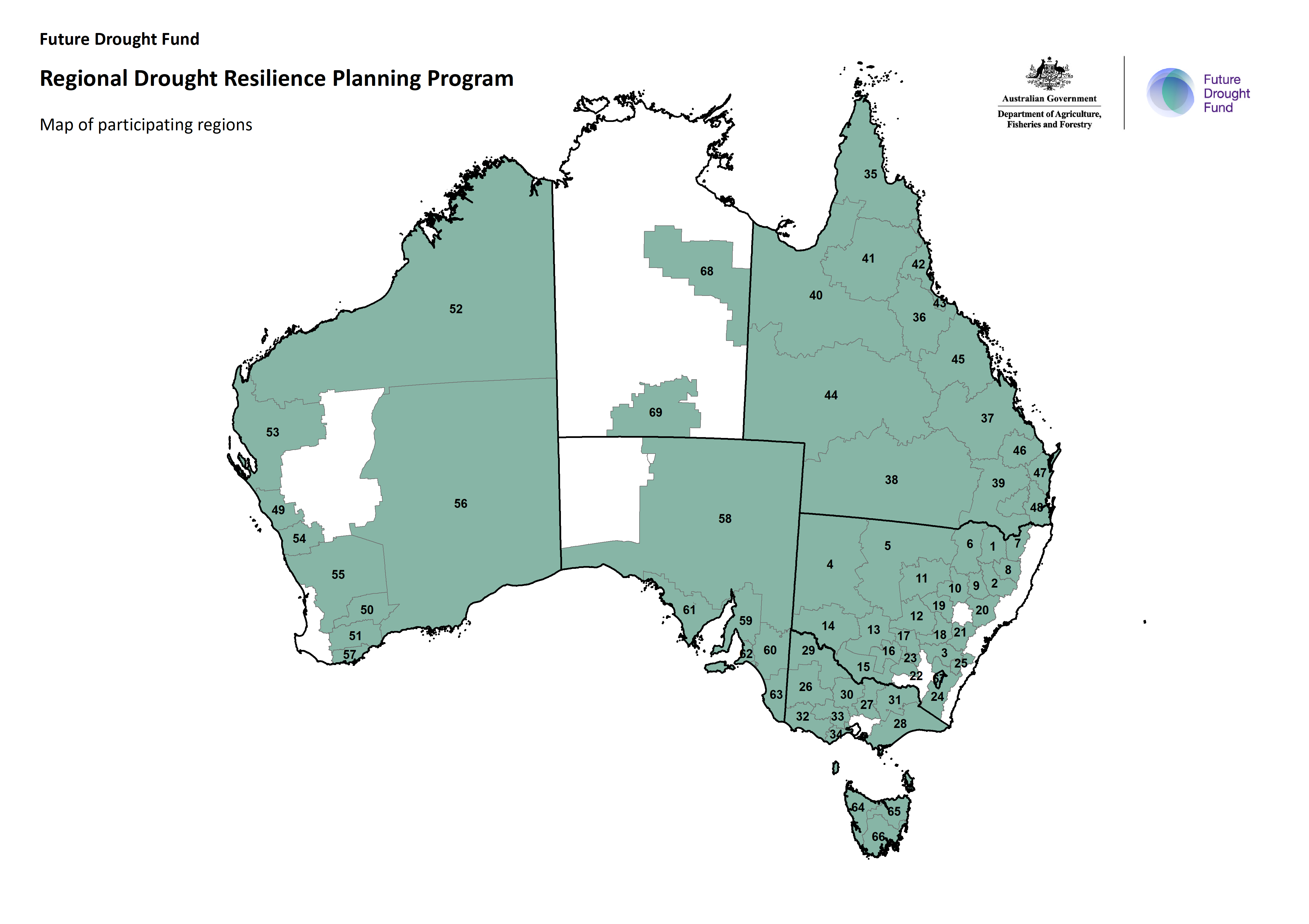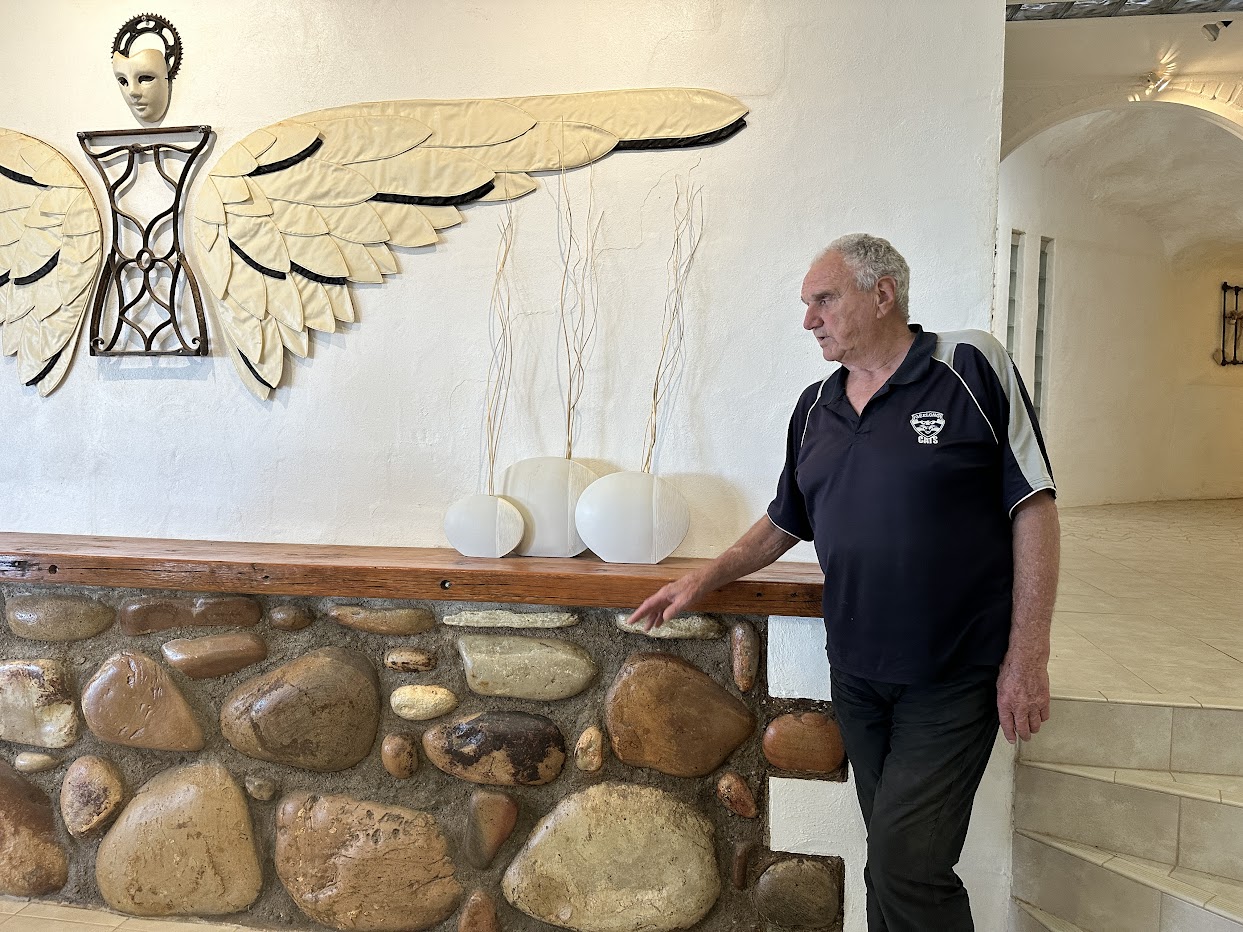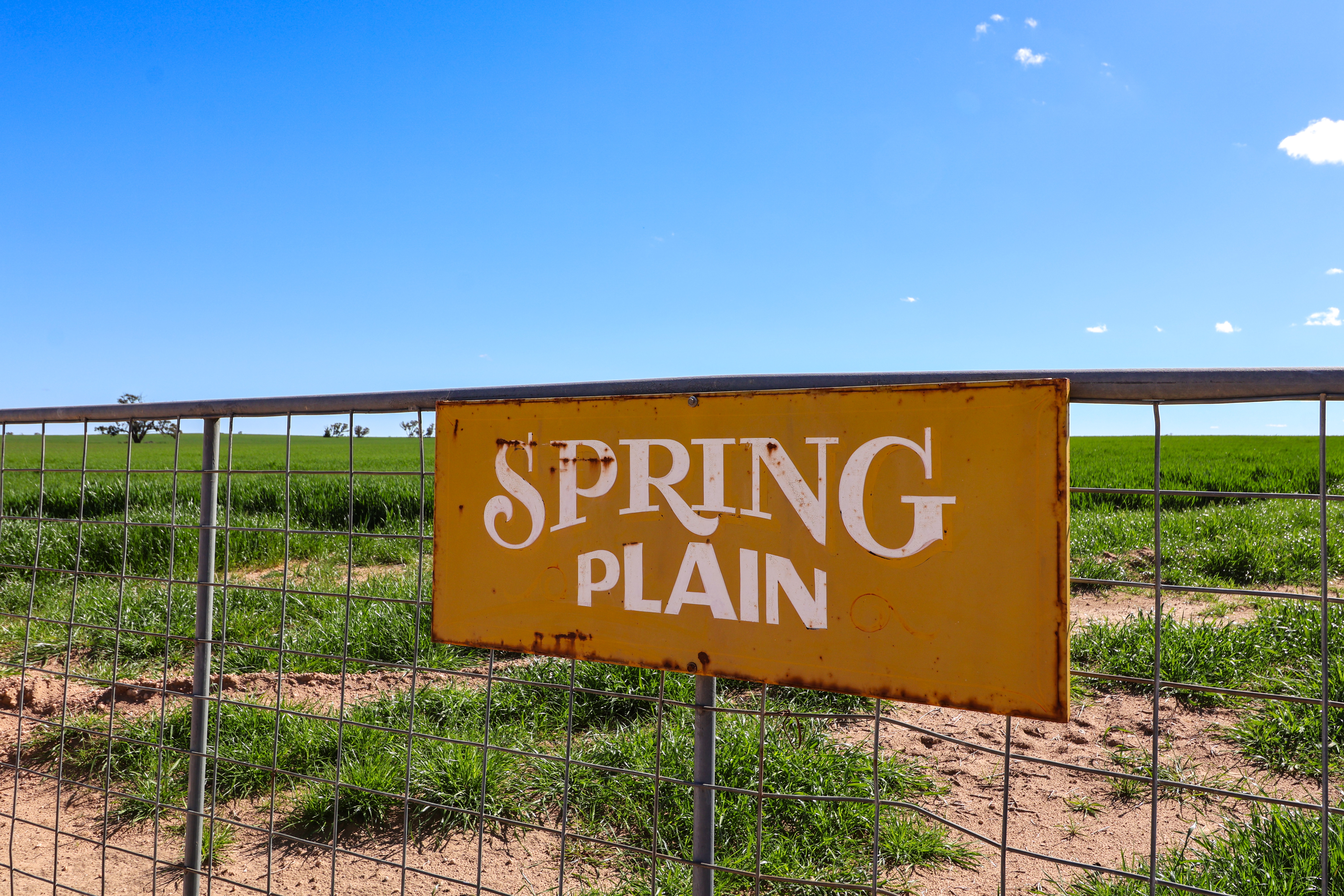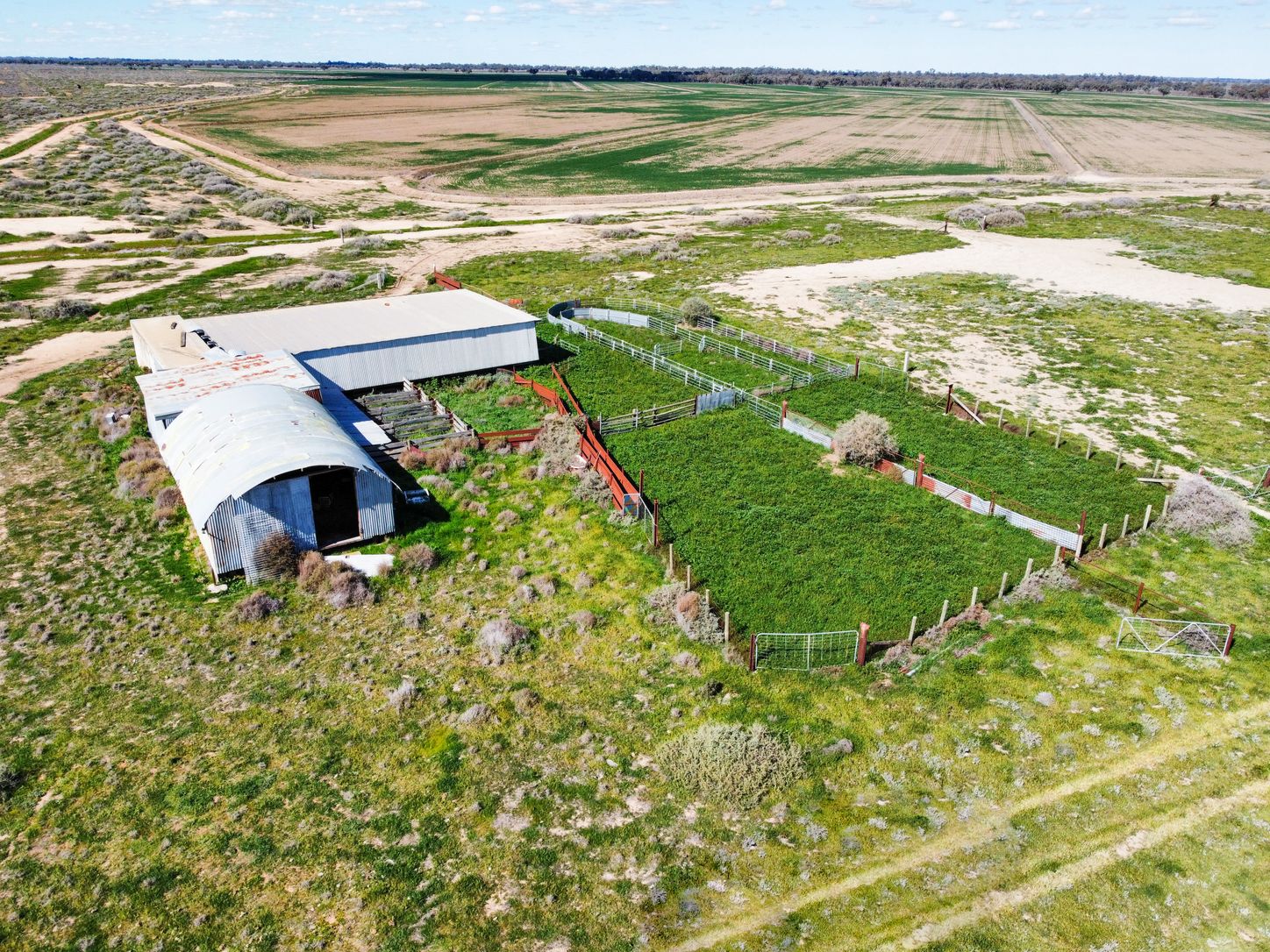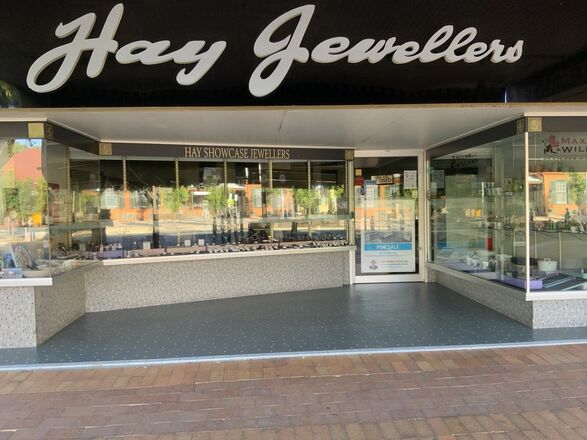A look at domestic violence and the holidays
Kimberly Grabham
19 November 2025, 10:00 PM

The festive season will take on deeper meaning across Australia this December, as communities come together not just to celebrate Christmas, but to confront a troubling reality that casts a shadow over what should be the most joyful time of year.
Domestic violence services across the country have long observed that the holiday season can be a particularly dangerous time for women and children living with abuse. Statistics consistently show that incidents often increase during the Christmas period, when family tensions, financial pressures and alcohol consumption can escalate dangerous situations behind closed doors.
The tradition of the white ribbon campaign, which sees Australians taking a stand against violence towards women, has become increasingly significant during the summer months. What began as a Canadian movement in 1991 has grown into a global symbol of men's commitment to ending violence against women, and Australian communities have embraced it with particular vigour during the lead up to Christmas.
For many families, the pressure to present a picture perfect Christmas can make it even harder for victims to speak out or seek help. The societal expectation of togetherness and celebration can leave those experiencing violence feeling more isolated than ever, trapped in homes where tinsel and terror coexist.
Yet across the nation, community organisations refuse to let another Christmas pass whilst women and children live in fear. Events like white ribbon walks have become an annual fixture in towns and cities, bringing together residents who recognise that awareness campaigns are not just about statistics, but about the neighbour next door, the colleague at work, the familiar face at the local shops who may be suffering in silence.
The Australian approach to these campaigns has increasingly incorporated Indigenous perspectives and cultural healing practices. Art workshops and community gatherings that blend contemporary activism with ancient traditions of storytelling and communal support have proven particularly powerful. These events create safe spaces where trauma can be transformed into hope through creativity and shared purpose.
The timing of these campaigns, running through the 16 Days of Activism from November 25th to December 10th, ensures the message reaches people during a period when help may be most needed. For many women experiencing domestic violence, the weeks leading up to Christmas represent a critical moment when intervention could save lives.
Health services across Australia report that the holiday period sees an increase in presentations related to domestic violence, yet it can also be one of the few opportunities for victims to seek help away from abusive partners. A trip to the doctor, an emergency department visit, even a community event can become a lifeline for someone desperately needing support.
The white ribbon itself carries particular symbolism during Christmas. Whilst red and green dominate the seasonal palette, the simple white ribbon stands as a stark reminder that not all homes are filled with peace and goodwill. It challenges Australians to look beyond the tinsel and acknowledge the uncomfortable truth that violence against women remains a national crisis.
Australian Bureau of Statistics figures paint a sobering picture. On average, one woman is killed by a current or former partner every nine days in Australia. During the festive season, when families gather and communities celebrate, this reality becomes even more heartbreaking. The contrast between the Christmas ideal of love and family harmony and the brutal reality of domestic violence could not be starker.
Yet there is hope in the growing recognition that ending violence against women requires more than awareness, it demands action from entire communities. Men wearing white ribbons, neighbours watching out for each other, communities creating art that honours survivors and challenges perpetrators, these collective efforts are slowly changing the national conversation.
The emphasis on community created art projects has proven particularly meaningful. When residents come together to create permanent installations dedicated to eliminating violence, they are doing more than making a statement. They are creating lasting symbols that tell suffering women they are seen, believed and supported. These artworks, displayed in health centres, community halls and public spaces, serve as year round reminders that help is available.
For Indigenous communities, the incorporation of traditional healing practices and cultural expression into anti violence campaigns has been transformative. Yarning circles, art workshops led by Aboriginal artists, and the blending of contemporary activism with ancient wisdom have created uniquely Australian approaches to addressing family violence.
As another Australian Christmas approaches, with its traditions of beach barbecues, backyard cricket and family gatherings under the summer sun, community groups across the nation are ensuring that the season's message of peace extends to every home. They recognise that true celebration is impossible whilst any woman or child lives in fear, especially during a time meant for love and togetherness.
Across regional New South Wales, communities are particularly focused on ensuring that help remains accessible throughout the holiday period.
In towns like Hay, Griffith, Goolgowi, Leeton, Hillston, Balranald, Euston, Wilcannia, Menindee and White Cliffs, where distances are vast and services can be limited, knowing where to turn during a crisis can make all the difference.
For anyone experiencing domestic violence over the Christmas period, help is available around the clock. The national domestic violence hotline 1800RESPECT operates 24 hours a day, seven days a week, providing confidential counselling and support regardless of location.
For immediate danger, calling triple zero remains the fastest way to access police assistance.
Local services across the Riverina and Far West regions maintain support networks throughout the festive season. In Griffith, the Domestic Violence Service provides crisis accommodation and support, whilst Leeton offers similar services through local community health centres. Hay and surrounding areas are serviced by regional domestic violence teams who understand the unique challenges of rural isolation during the holidays.
For residents of more remote communities like Wilcannia, Menindee and White Cliffs, telehealth services and crisis lines ensure that distance does not prevent access to help. The Royal Flying Doctor Service also provides support and can facilitate emergency evacuations when necessary. Aboriginal Medical Services across these regions offer culturally appropriate support and maintain connections with family violence services.
In Hillston and Balranald, local police stations work closely with domestic violence liaison officers who can provide immediate assistance and connect victims with ongoing support services. Euston residents can access services through the broader Murray region network, with crisis accommodation available when needed.
Community health centres across all these towns maintain contact details for emergency housing, legal services and counselling support. Many remain open with skeleton staff throughout the Christmas period, recognising that crises do not pause for public holidays. Local churches and community organisations also often provide emergency assistance and can help connect people with appropriate services.
For those concerned about someone else, neighbourhood houses and community centres in towns like Goolgowi and Balranald serve as informal safe spaces where worried friends or family members can seek advice about how to help. The important message is that suspecting abuse is enough reason to reach out for guidance.
The commitment extends beyond December.
Organisations running Christmas campaigns are increasingly focused on sustained engagement, recognising that violence does not pause for holidays or awareness days. The festive season events serve as launching points for year round support services, education programmes and community building efforts.
For those wanting to help, the message is clear. Ending violence against women requires everyone's participation, not just during the 16 Days of Activism, but every day of the year. It means challenging attitudes that excuse or minimise abuse, supporting local services that help survivors, and creating communities where violence is never tolerated.
Financial support also matters. Regional domestic violence services often operate on limited budgets and donations during the Christmas period can help ensure they maintain adequate staffing and resources when demand typically increases. Local fundraising events and community drives make a tangible difference to services operating across vast geographic areas.
This Christmas, as Australians across the country gather with loved ones, the white ribbon serves as both a reminder and a promise. A reminder that too many women and children will spend the season in fear, and a promise that communities are united in their determination to change that reality. From the Riverina to the Far West, from bustling regional centres to tiny remote towns, the message remains consistent: help is available, violence is never acceptable, and no one needs to suffer alone.
The hope is that future Christmases will see fewer families torn apart by violence, and more Australians able to truly embrace the season's spirit of peace, love and safety for all. For now, ensuring that every person across regional New South Wales knows where to turn in a crisis remains the most important gift communities can offer this festive season.
NEWS
SPORT
RURAL
COMMUNITY
COMMERCIAL PROPERTY
